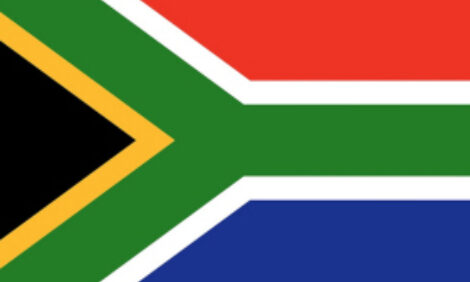



Organic Grasslands Get New Design
DENMARK - Greater diversity in organic grassland can increase the ecological services provided by the field to the benefit of insects, animals and product quality. This is the rationale behind the ECOSERVE research project at Aarhus University.
Grasslands in a crop rotation are important because they improve soil fertility, provide quality forage and have several environmental benefits, but they are often large and have low plant diversity.
According to scientists from Aarhus University, a larger diversity of plants in organic grassland will have a positive impact on both the ecological services and food production. Particularly pollinating insects would benefit from increased biodiversity. In the research project ECOSERVE, scientists will attempt to create grasslands that favour both insects and farm animals.
"The ambition of the project is to design grasslands that both have a higher ecological value and provide an economically sustainable food production," says senior scientist Jørgen Eriksen, who heads the project.
Pollinating insects are in crisis
The project focuses specifically on pollinating insects, which are in steep decline everywhere. According to Jørgen Eriksen, the value of pollinating insects for world food production should in no way be underestimated:
"On a global scale it has been estimated that pollinating insects enable 15-30 percent of our food production, and bees are considered the most important pollinators. Insect pollination in Denmark alone is valued at approx. 650 million DKK per year," he says.
A situation with fewer pollinators is likely to have negative consequences for the pollination of crops and wild plants. To reverse this negative trend, scientists will create better conditions for the insects by designing grasslands that will have plants flowering throughout the growing season and thus increase the food resources for the insects.
"We will look at whether an organic grassland with a large number of herbs that have been selected from the so-called bee plants and with a grass cutting strategy that ensures that there are flowering plants in the field throughout the season will result in more pollinators, both in terms of species and numbers," says Jørgen Eriksen.
Multipurpose grasslands
The highly diverse grasslands should not only serve as a source of food for insects. It should also provide quality nutrition for the animals. And here lies the biggest challenge for the scientists.
The most common plants in the grassland today are ryegrass and white and red clover, and they are chosen because they contribute to a good feed quality and are very competitive. To create a high biodiversity therefore requires scientists to include several other plant species in the grassland and to plan survival strategies for the less competitive plants.
"The challenge with creating a higher level of biodiversity is therefore to establish niches for less competitive plants. We imagine that the species that primarily serve as sources of food for insects can be established in patches near the edge of the field and/or in narrow strips through the field," says Jørgen Eriksen.
The three-year project that is expected to be completed by the end of 2013 is a collaboration between Aarhus University, University of Copenhagen, Naturmælk, Meyers Madhus, the advisory team from the Danish Association for Organic Agriculture (Økologisk Landsforening) and the Organic Food Development (Økologisk Fødevarerådgivning). The project is part of the Organic Research, Development and Demonstration Programme under GUDP. The programme is financed by the Ministry of Food, Agriculture and Fisheries and coordinated by ICROFS.


